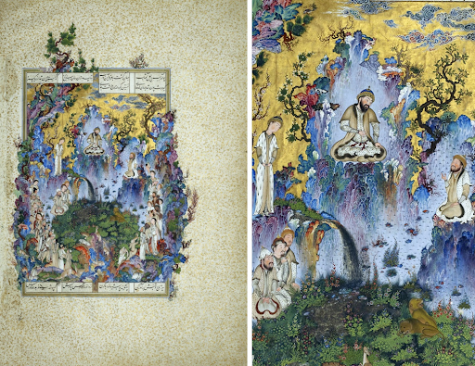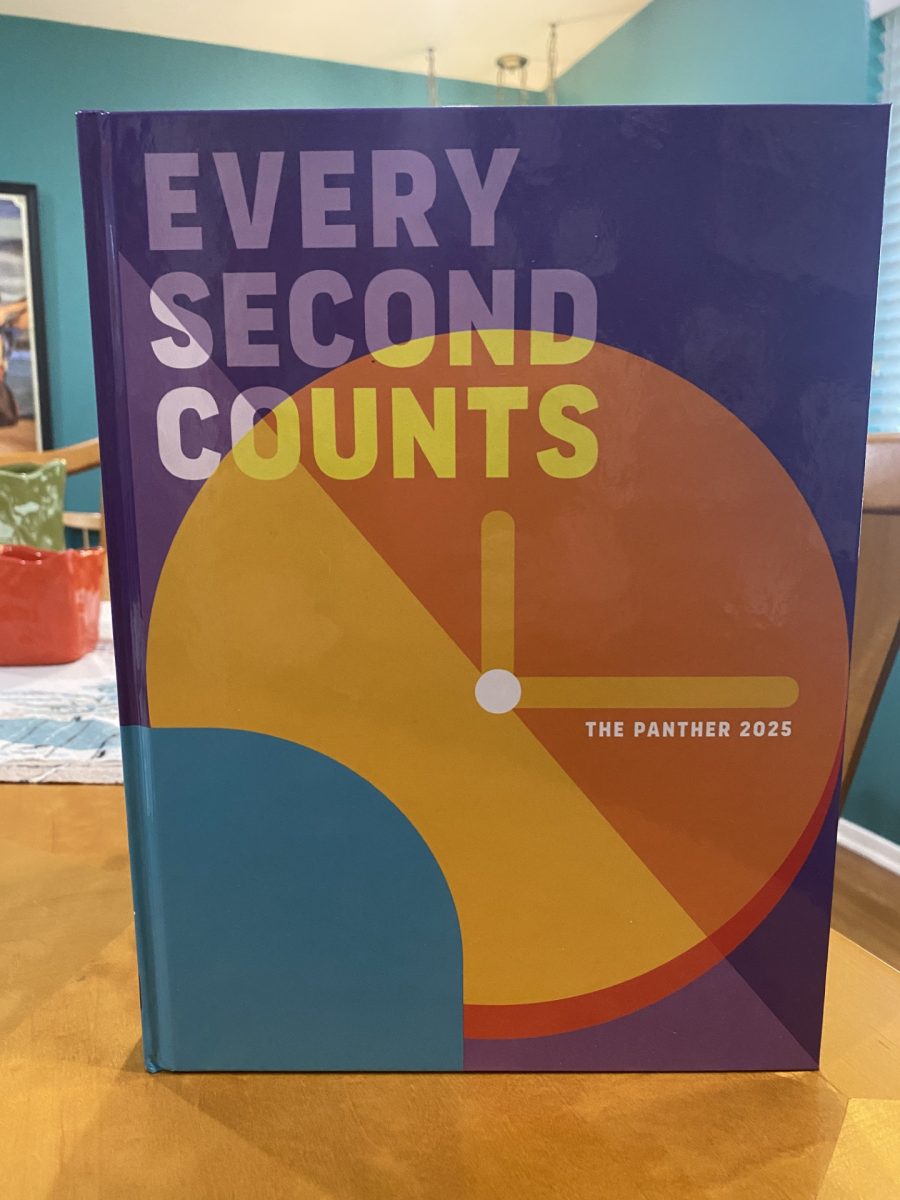Art History is the Class for You
January 27, 2023

It is that time of year when you are thinking about your classes for next year. When selecting your future schedule, I strongly urge students to consider Mr. Davila’s AP art history class.
Art history offers a unique opportunity to learn about all major cultural hubs across the world. The curriculum is fascinating and extensive, appealing to all regardless of your pre-existing interest in the content.
According to Mr. Davila, “The curriculum is based on 250 works of art that were chosen by the College Board, ranging from Global Prehistory(25,500 BCE) to Global Contemporary(2010 CE.) . I recommend this class for 10th-12th graders interested in history, culture, religion, art, anthropology, or just an interest in gaining a wider understanding of the world at large.”
Moreover, Mr. Davila breaks up the content of the 250 artworks into small chunks throughout the year making the information much more digestible. He employs a captivating teaching style during lectures, aiding student engagement for the entire period.

Former Paschal student, Olivia Castillo, recalls, “Mr. Davila is a very engaging teacher who does not just lecture and expects you to remember every word he utters. Instead, he frequently asks the students for their input and requires you to discuss the pieces with your group.”
Students are given packets at the beginning of each unit encompassing pictures of each piece and their corresponding identifying information. Students are expected to take notes during the lectures on their packets of the form, function, content, and context of the art. Mr. Davila assigns short essays to allow students to practice for the AP test. At the end of each unit, students are tested on pieces but can complete flashcards for 10 extra credit points and are encouraged to correct their tests for half points back.
Former Paschal student, Zachary Jacobus maintains, “The exams are tough, but he’s nice about corrections and extra credit and the other assignments are mainly completion.”
Overall, the class workload is light and manageable in comparison to other AP classes at Paschal. Castillo affirms, “For all those GPA-chasers, the workload was never unbearable, and as a 5.0 class, it graciously boosts your GPA since getting an A is not hard if you put in the work.”

Davila’s art history serves as a catalyst for an appreciation of art and cultural understanding. The curriculum is imbued with the teaching of religious/spiritual beliefs, major conflicts, and social practices. After taking the course, students are left with a lasting foundational insight into the world’s past. Jacobus reports, “I think it (art history) gives a great introduction to appreciation of art and how art across and through cultures connects.”
Castillo concludes, “Because the class is built around people’s creations, you are forced to encounter new perspectives–and forced to actually pay attention to those rich perspectives. Not only is this feature rare in most courses, but it is becoming increasingly difficult for our society to connect and truly listen to a range of people with various beliefs and ideas as algorithms control most media we consume. Thus, art history compels you to listen–a powerful yet underrated skill.”


















